Flamenca poems perfectly encapsulate the fast-paced passion of dance. Originating from 18th century Southern Spain, flamenco dancing mainly inspired the Flamenca. Syllable count and assonance combine within the form to sculpt a driving beat that imitates the clicking of a dancer’s heels.
Seville, Andalucía in Southern Spain, is the birthplace of this fascinating form. The Flamenca style masquerades under many different names, like the Seguidilla Gitana as it is a shorter version of the Seguidilla, another Spanish stanza form.
The Flamenca is made of cinquains, which are five-line stanzas. There are no limits to how many stanzas make up the poem, allowing freedom with the level of detail and length. With no rules around meter, rhyme, or refrains, it allows writers to focus on developing their syllable count and assonance skills.
Each stanza has 29 syllables, spit up among the lines. The first two and last two lines have six syllables, while the middle one has five. This gives each stanza a beautiful symmetry and a slight rhythm. This rhythm lends itself to an overall musical feel, as it is recommended for the poem to emulate staccato notes, although this is quite challenging in practice.
The second difficult characteristic of the poem is its employment of assonance. Assonance is generally defined as the repetition of similar vowel sounds. For example, take the words “great flake”. The ea in “great” sounds similar to the a in “flake,” so it is a repetition of the long a sounds. This technique further highlights the musical nature of the style.
While no theme is prohibited, certain emotions tend to fit better with the pace of Flamenca poems. Expressive or passionate feelings like love and anger or tumultuous events work well with the percussive qualities of the stanzas. In addition, with much of the poem’s charm coming from sounds, reading the lines aloud is an excellent way to figure out what works and what needs improvement.
The Flamenca style is a wonderful way to honor centuries of dance and practice syllable count and assonance, both techniques vital to a writer’s toolkit. Stunning poetry, full of passion and movement, can emerge from this musical form. Tap your feet along to the beat and try the Flamenca Poem.
Pendulum
Serafina Kubersky
She Is her red lip stain,
blood rush to fingers crossed
tied in peace struggle
Shifting eyes and Deep breaths
Focus on red lip smiles.
She Is her swinging hips
swinging like her thoughts, too
far from right and wrong
never settle in dark.
They took all the blame though.
She Is her hard-fought youth,
clutched tight in adult hands,
Demanding faults that
she has yet to outgrow,
Hard to let the past go.
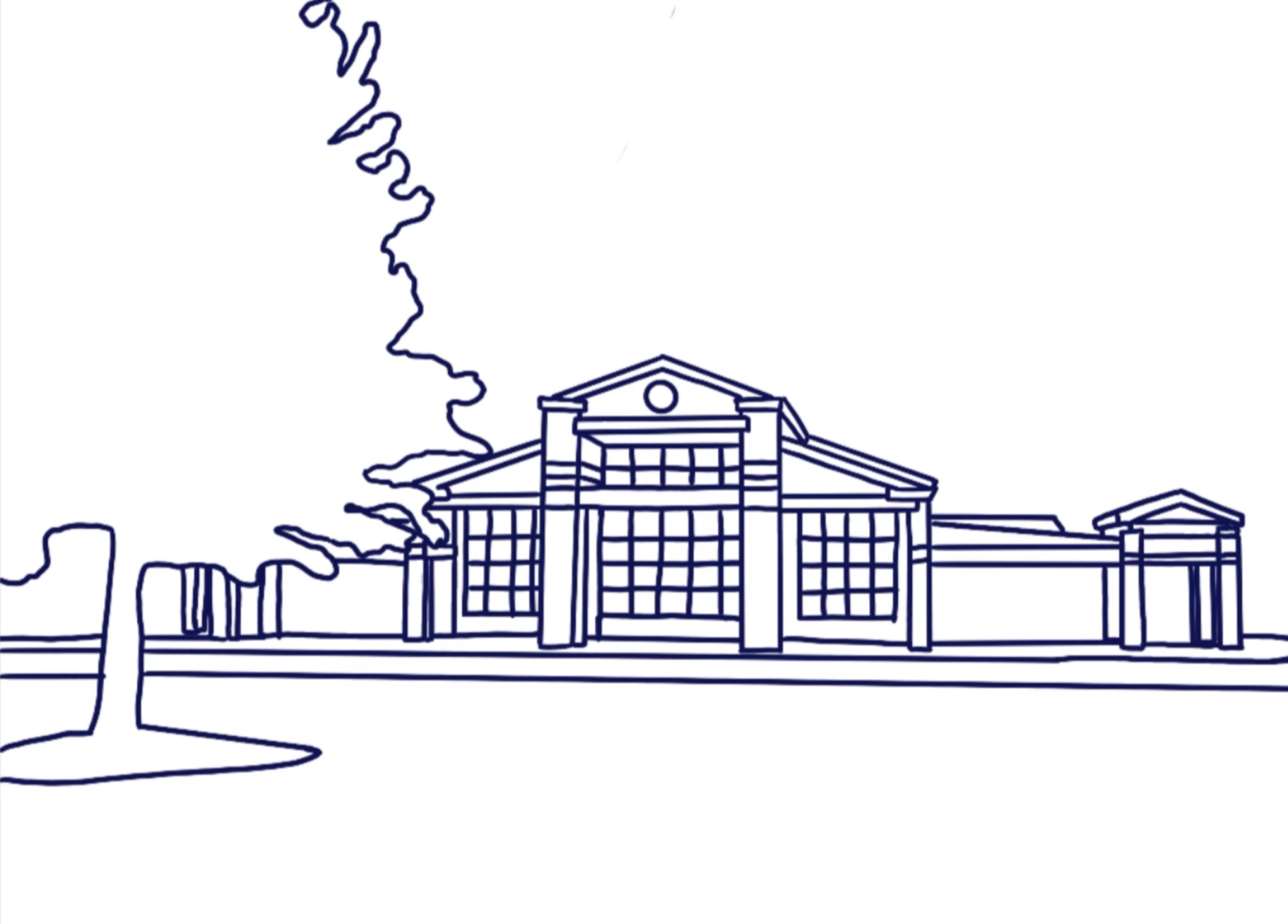












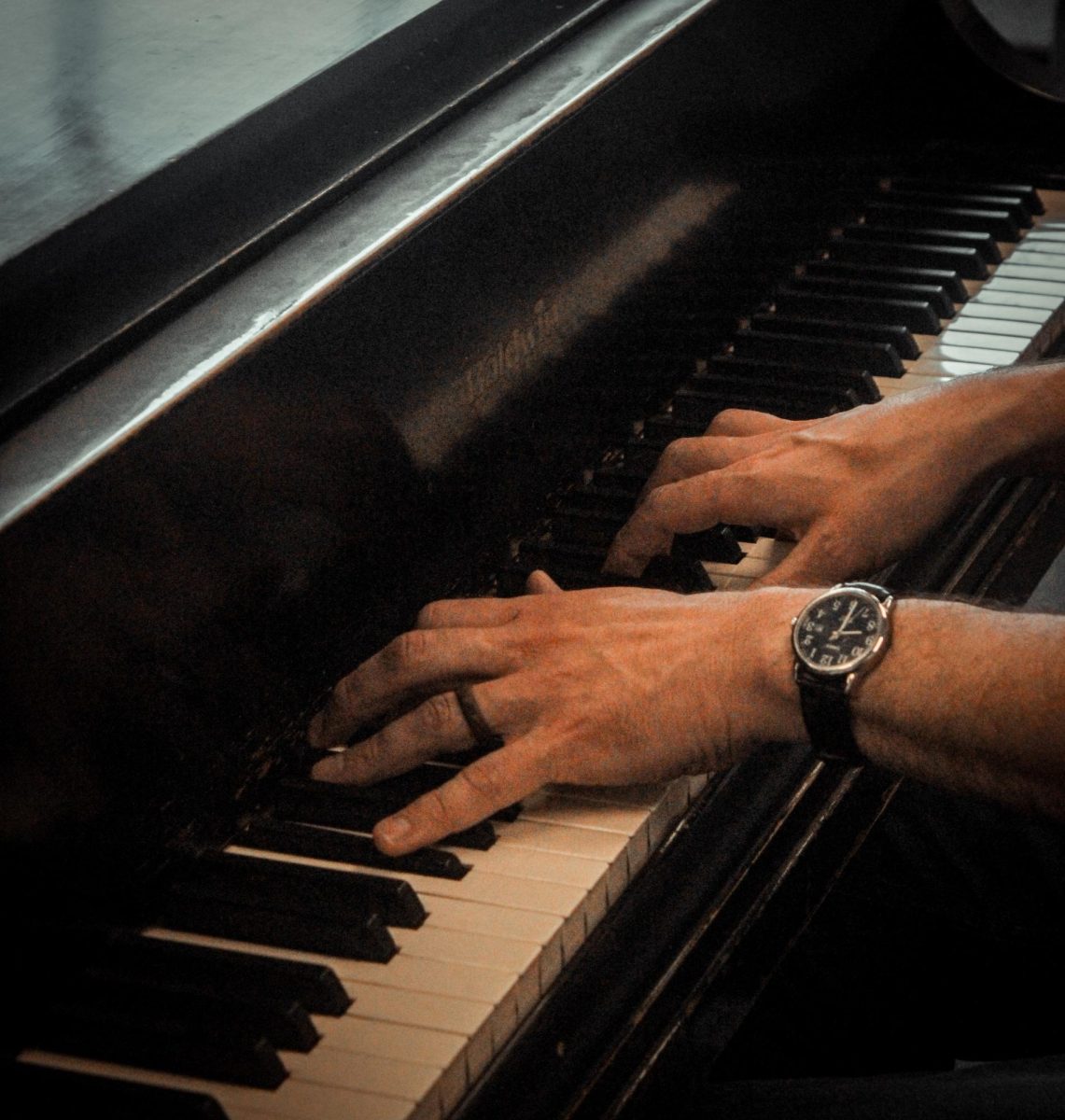
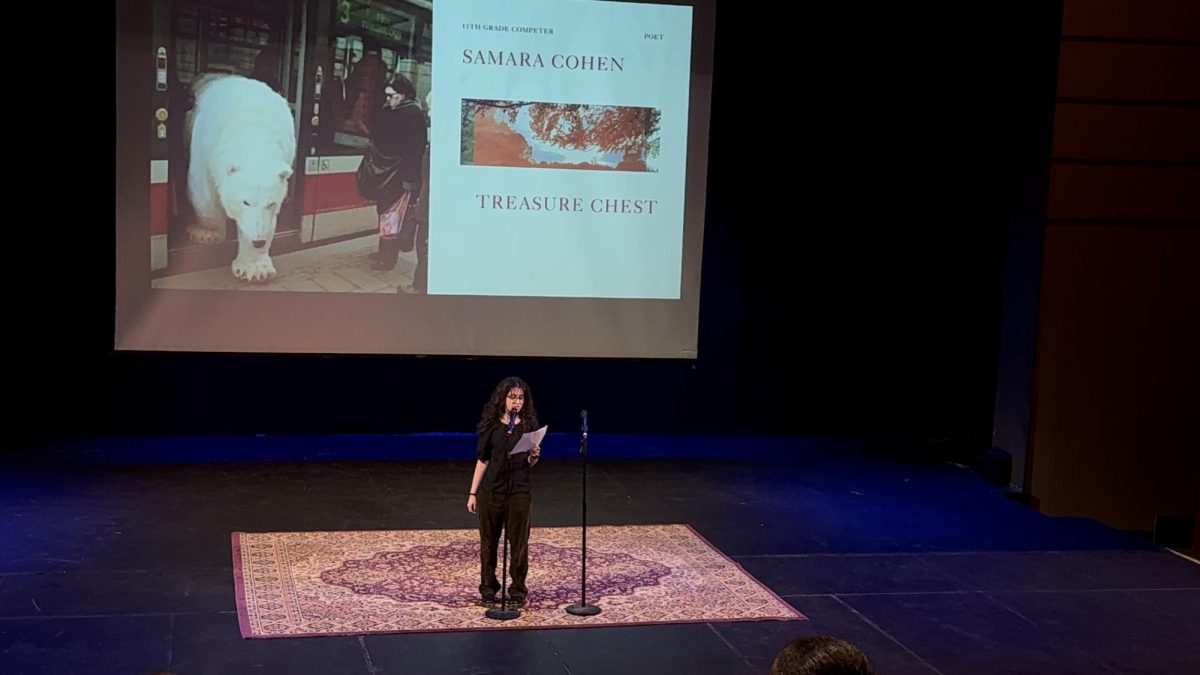
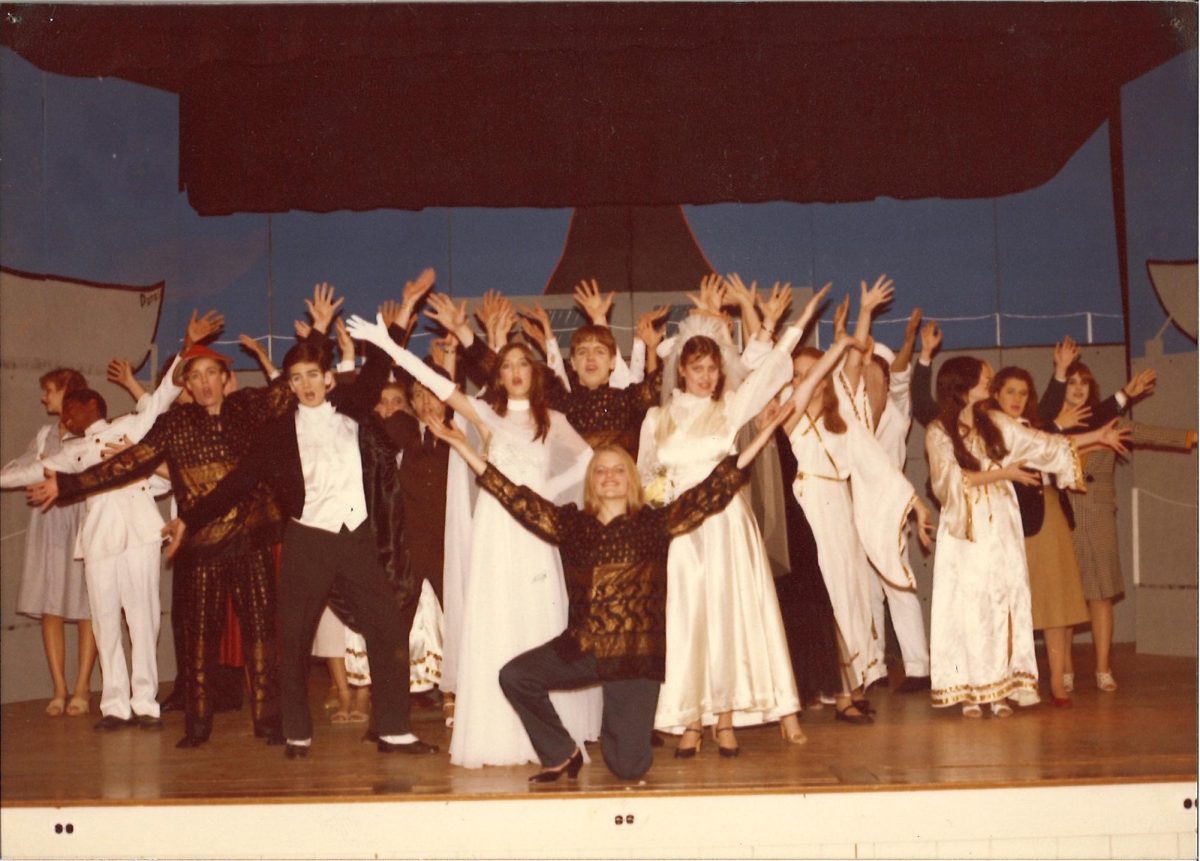


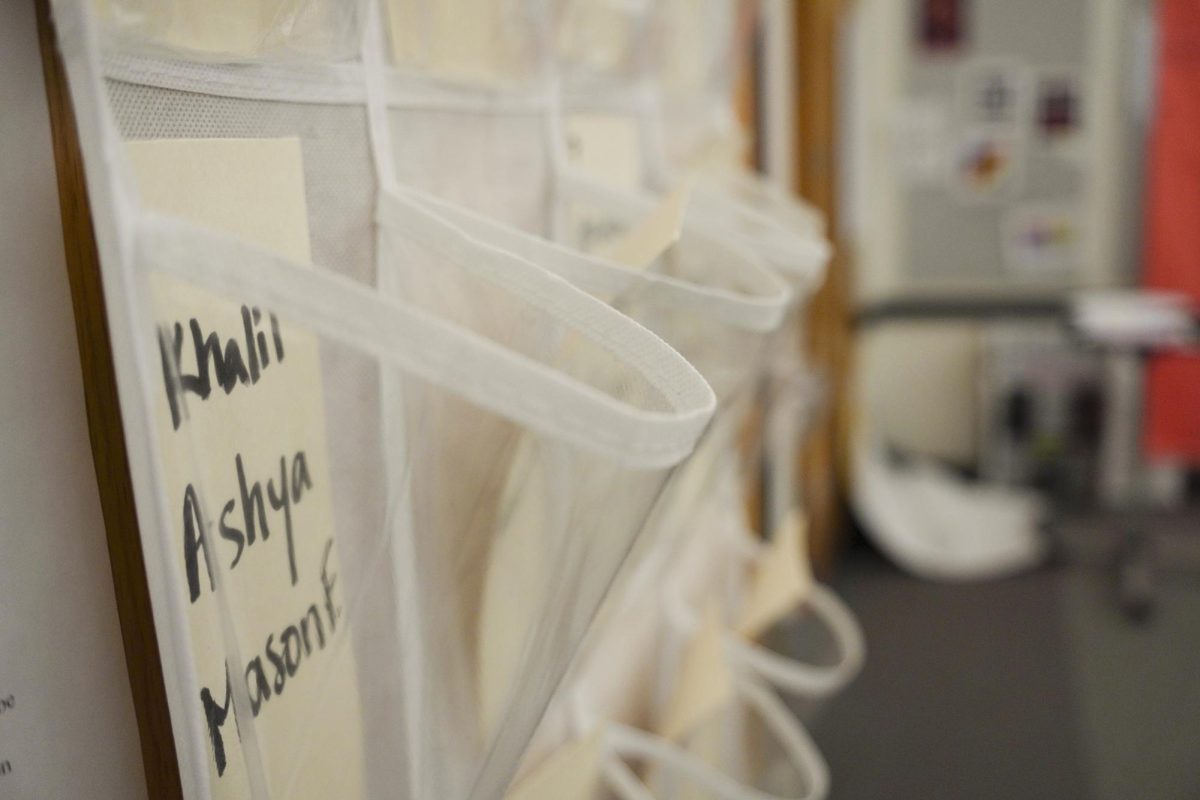










Bobbi • Apr 17, 2024 at 10:42 am
Very nice. Enjoyed the article, poem.